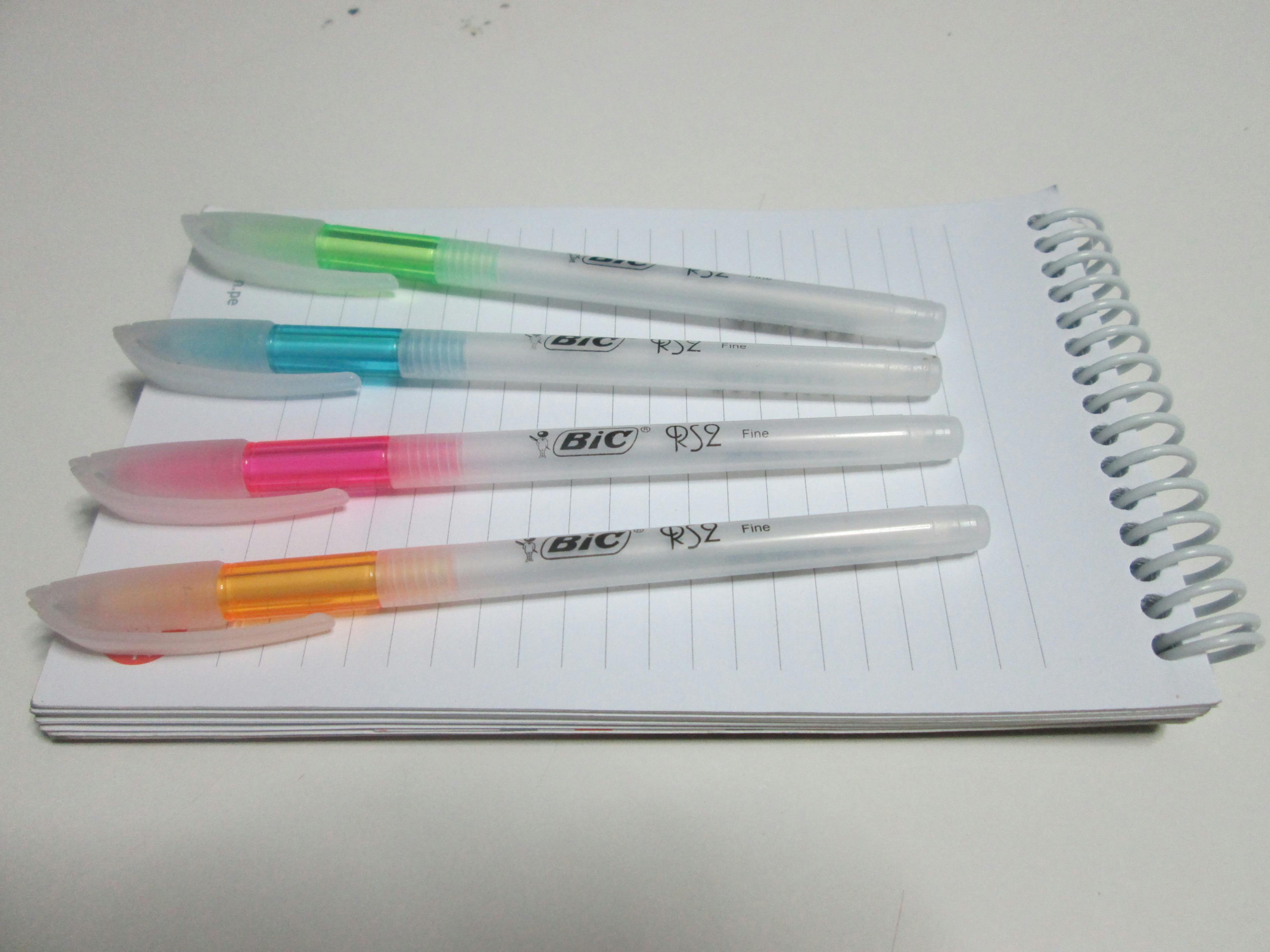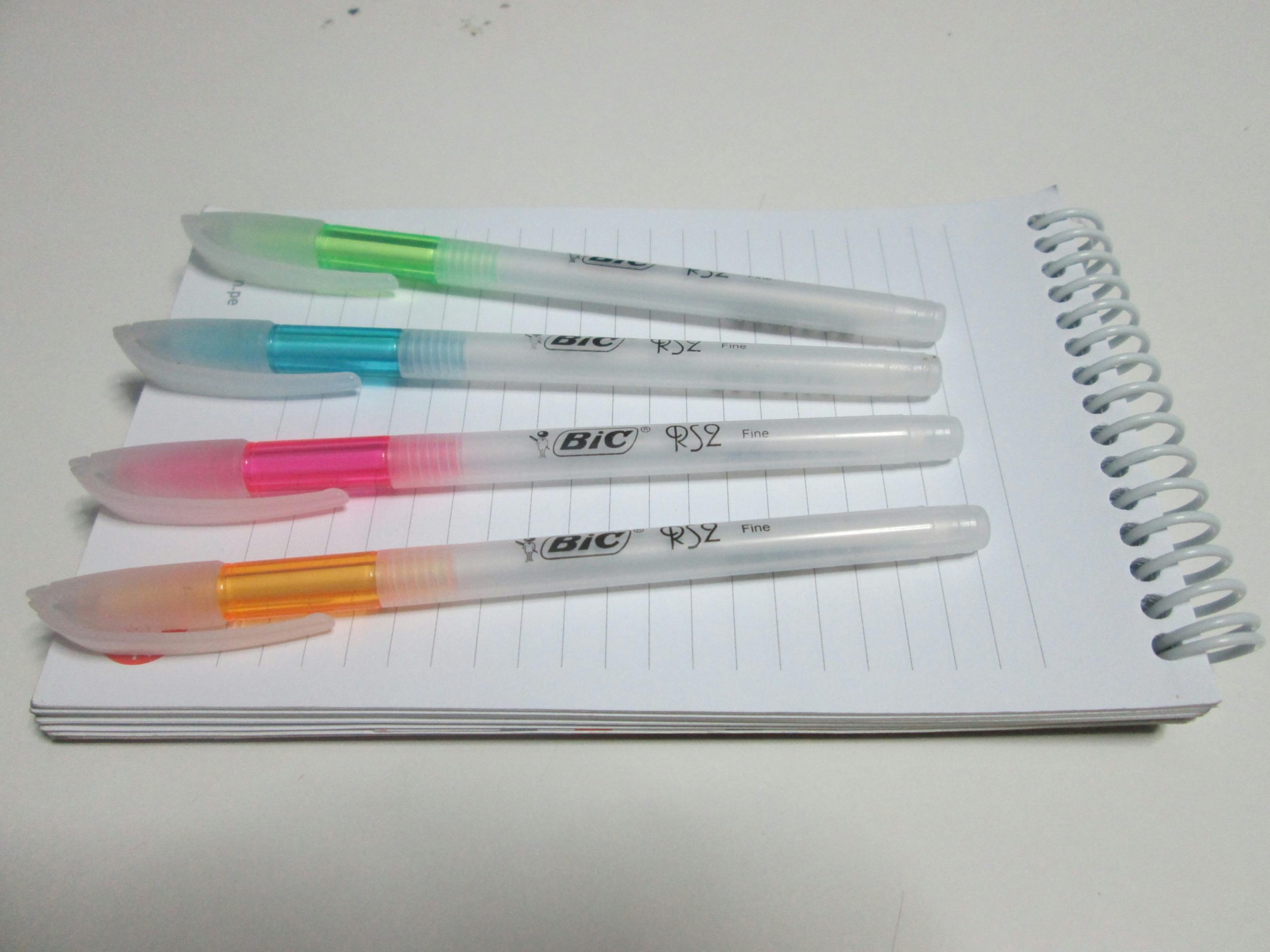The Sunset of a Desktop Staple: Exploring the Fallout from Microsoft Publisher’s Discontinuation

In a significant, though perhaps unsurprising, move that reverberates across the small business and creative communities, Microsoft has set the final date for the retirement of one of its longest-serving Office applications: Microsoft Publisher. Having debuted in 1991, the application spanned an impressive 35-year tenure, acting as the accessible bridge between simple word processing and high-end professional design. As of November 11, 2025, the remaining runway for this desktop publishing stalwart is critically short, with Microsoft officially ceasing support and inclusion in the Microsoft 365 suite on October 1, 2026. This strategic pruning, part of a broader evolution towards an AI-centric, cloud-first productivity platform, is forcing millions of users to recalibrate their document creation workflows. The key to a successful transition lies not in finding a single mirror application, but in strategically adopting a multi-tool approach centered on Microsoft’s recommended successors.
Exploring Microsoft’s Recommended Successor Tools
Microsoft’s directive is clear: Publisher’s functionality is being deliberately distributed across the most relevant, modern applications within the Microsoft 365 ecosystem. This necessitates a conceptual shift from a monolithic design application to a modular, collaborative workflow. The recommendations focus on leveraging the strengths of Word, PowerPoint, and the newly emphasized Designer tool.
Leveraging Microsoft Word for Document-Heavy Layouts
Microsoft Word, the undisputed behemoth of the Office suite, is being prominently recommended as the primary destination for many of Publisher’s former responsibilities, particularly those involving text-heavy, multi-page documents. Modern Word, especially in its late 2025 iteration, has incorporated sophisticated template design capabilities, far exceeding its older iterations. It now features enhanced paragraph and text box controls, and robust features for handling elements like headers, footers, and dynamic page numbering essential for professional-looking reports, comprehensive multi-page newsletters, and detailed instructional guides. For users migrating content like multi-page informational pamphlets, Word’s native familiarity and superior handling of long-form text editing make it a compelling, if less visually rigid, replacement. The primary challenge remains in replicating the precise, granular page-level control and freeform object placement Publisher offered, a hallmark of desktop publishing software. However, for the vast majority of standard business communications, such as internal memos, simple flyers, and structured documents, Word’s evolved power now suffices, allowing for easier collaboration and version control within the M365 cloud environment.
Repurposing PowerPoint for Single-Page Visual Communications
Surprisingly, PowerPoint, typically associated with slide-based presentations, is suggested as a viable alternative for specific, self-contained design tasks that Publisher once handled with ease. This recommendation hinges on the fact that modern PowerPoint allows users to easily adjust the slide dimensions to match standard paper sizes—from A4 to custom dimensions—effectively turning a slide canvas into a high-resolution, single-page layout area. This makes it an apt tool for producing items such as single-sheet flyers, promotional banners, or even custom business cards, where visual impact and precise graphic placement are paramount. The ability within PowerPoint to layer images, text boxes, and shapes with relative ease allows it to approximate the feel of a simple desktop publishing document, provided the user is comfortable working within a slide-based environment, utilizing the application’s strong focus on visual hierarchy and animation capabilities (even if the final output is printed). This is particularly useful for one-off, high-impact graphical pieces rather than ongoing, structured publications.
Embracing Designer for AI-Assisted Graphic Creation
Microsoft’s determined push toward its AI-centric tools is most evident in the recommendation of Designer as a replacement for Publisher’s more graphic-intensive output. Designer, available within the M365 suite and continually enhanced through 2025, is presented as the future-facing solution for creating visually engaging, modern content, using artificial intelligence to drive the initial design phase. This tool is perfectly suited for rapidly generating items like striking internal signs, digital advertisements for social media, or personalized greeting cards where the emphasis is squarely on aesthetic appeal derived from AI-suggested templates, color palettes, and image compositions, rather than exacting, pixel-perfect manual layout control. For users prioritizing speed and modern, AI-curated aesthetics over the traditional layout control Publisher offered, Designer represents the clearest path forward into the next generation of Microsoft productivity, leveraging capabilities that were non-existent when Publisher was first conceived. This signals a major feature gap migration: Publisher’s fixed layout control is being replaced by AI’s adaptive visual generation.
The Complementary Nature of the Three-Tool Strategy
The recommended successor strategy is not about finding a single, perfect replacement but rather adopting a complementary approach utilizing the three core tools in tandem. Microsoft’s suggestion implies an understanding that Publisher’s functionality was multifaceted, requiring a combination of tools to fully replace it. Word manages the textual framework and long-document structure; PowerPoint handles the specific one-off, visually intense page designs; and Designer provides the modern, AI-accelerated visual assets. The success of this transition will depend entirely on the user’s ability and willingness to adopt this multi-application workflow, learning the strengths and weaknesses of each tool in relation to the specific document they are trying to create or update. This migration is a functional paradigm shift from direct manipulation to intelligent orchestration of specialized tools.
The Competitive Landscape of Modern Design Software
The exit of a 35-year-old application like Publisher does not occur in a vacuum; it happens within a fiercely competitive design software market that has evolved dramatically since 1991. The industry today is characterized by powerful, specialized incumbents and rapidly growing, accessible cloud platforms.
The Continued Reign of Professional Layout Giants
Even as a long-standing Office mainstay bows out, the professional print and high-volume design market continues to be dominated by highly specialized, industry-standard software packages. Adobe’s suite, featuring applications like InDesign, remains the benchmark for high-volume, professional publishing—the creation of complex books, magazines with demanding print specifications, and intricate marketing collateral. These professional tools offer a depth of control over typography, color separation, and pre-press workflows (such as CMYK color management and bleed settings) that Publisher, by design, never intended to match. For organizations requiring this level of precision, especially those with dedicated prepress departments, the retirement of Publisher has little immediate impact, as they were already operating outside its capabilities, relying on industry-grade tools that continue to evolve at a rapid pace, often under continuous subscription models.
The Rise of Accessible, Cross-Platform Design Platforms
The market has also seen the aggressive emergence of user-friendly, often cloud-based, design platforms that directly challenge the traditional Office-centric approach to graphic creation. These services, often free or freemium in nature, have successfully captured a massive audience looking for powerful yet intuitive design tools accessible from any device, aligning perfectly with the mobile-first realities of 2025. Their strength lies in vast, curated asset libraries, seamless real-time collaboration features, and template-driven creation that rivals or exceeds the initial ease of use once unique to Publisher. These platforms represent a significant migration path for many former Publisher users who prioritize convenience, cross-platform functionality, and visual variety over deep integration with the traditional desktop Office suite.
Strategic Acquisitions Reshaping the Mid-Tier Market
Recent market activities underscore the intense competition in this design space, illustrating a consolidation trend aimed at absorbing mid-tier professional capabilities into accessible ecosystems. For instance, the acquisition of a competitor like Affinity by one of these leading accessible design platforms in 2024 illustrates a clear strategy: consolidating powerful design capabilities, such as those found in Affinity’s Studio tools, and integrating them into a broader, more accessible ecosystem. By taking a previously paid, powerful design suite and making its core functionality available to their user base—often for free or at a lower tiered subscription cost—these companies are directly broadening the spectrum of what their platform can handle. This move further closes the functional gap between simple template creation and more involved graphic design projects, which further marginalizes the need for a standalone, legacy application like Publisher.
The Long-Term Viability of External Alternatives
For users seeking a direct, feature-for-feature replacement for Publisher’s specific functionality outside of the Microsoft umbrella, these external cloud-based and professional desktop tools offer compelling, viable alternatives. The cross-platform integration offered by these services—allowing a user to start a design on a work desktop and finish it on a mobile device or tablet—aligns perfectly with modern work patterns, an area where Publisher inherently lagged. As these alternatives continue to incorporate more sophisticated features and expand their template libraries throughout 2025, they become increasingly attractive options for small businesses and individuals looking to secure their future publishing needs beyond the official Two Thousand Twenty-Six cutoff date.
Broader Strategic Shifts Within the Microsoft Ecosystem
The retirement of Publisher is not an isolated event but a deliberate consequence of Microsoft’s overarching corporate strategy, which has been heavily focused on modernizing its core offerings and driving subscription revenue.
The Ongoing Pruning of Legacy Office Components
The discontinuation of Publisher is far from an anomaly; it fits into a larger, observable pattern of Microsoft systematically retiring older, less utilized components of its software portfolio. This ongoing process is essential for maintaining the sleek, modern brand image associated with Microsoft Three-Sixty-Five. Over recent years, users have witnessed similar sunsets for other familiar, though perhaps less central, tools, such as the full phasing out of Skype in favor of Teams for unified communications. Each retirement frees up branding space, simplifies developer focus, and streamlines the overall offering, aligning the suite more tightly with current cloud and collaborative workflows. The 35-year run of Publisher made its final end-of-life a major announcement, but it follows a clear historical precedent.
The Transition to Cloud-Centric Productivity Subscriptions
The entire business model underpinning Microsoft’s productivity offerings has pivoted from perpetual, one-time software purchases to the continuous subscription service of Microsoft Three-Sixty-Five. Within this subscription model, the core value proposition is defined by continuous cloud integration, incremental feature updates, and AI augmentation. Applications that cannot seamlessly integrate with this cloud-first, perpetually updated framework—or those that do not command a high enough level of active usage to justify the ongoing maintenance overhead—are increasingly deemed incompatible with the long-term revenue and innovation strategy. Publisher’s architecture, rooted in an older licensing and deployment model where it was often bundled with non-M365 versions, was inherently ill-suited for this relentless cycle of cloud evolution.
The Centrality of AI in Defining Future Product Value
The overarching theme guiding all current product development within Microsoft as of late 2025 is the deep, fundamental integration of Artificial Intelligence. Features powered by AI are quickly becoming the primary differentiator and perceived value-add for Microsoft’s entire product line, with Copilot integration being a prime example. Any application that cannot plausibly incorporate significant, meaningful AI enhancements—such as Copilot integration for content drafting assistance or intelligent design suggestions—risks being categorized as stagnant technology. The decision to discontinue Publisher can be seen as a definitive statement that future product value will be measured by this “AI quotient,” leaving applications without a clear path to advanced intelligence obsolescent by comparison.
Implications for the Office Suite’s Future Composition
This strategic move signals a conscious decision by Microsoft to simplify the core Office experience, distilling it down to the absolute most essential, universally applicable tools—Word, Excel, PowerPoint, Outlook, and Teams—and augmenting these with specialized, cutting-edge cloud services like Designer and Copilot. The future iteration of the Office suite will likely be leaner in terms of sheer application count but exponentially more powerful within each remaining application, driven by intelligent automation. The disappearance of Publisher helps define the boundaries of this new, streamlined productivity suite, emphasizing powerful core competency over extensive, specialized breadth that is better served by niche competitors.
Addressing Concerns Beyond the Core Productivity Tools
The transition away from Publisher generates several practical and financial concerns for its dedicated user base, concerns that extend beyond simply learning a new interface.
Examining Wider Discontinuations and User Apprehension
The news regarding Publisher feeds into a larger vein of user apprehension stemming from a series of other significant, sometimes jarring, changes Microsoft has enacted across its software landscape. This apprehension is amplified by other shifts, such as the ongoing integration and replacement of long-standing communication tools, which creates a climate where users are naturally wary of any announced end-of-life for a familiar application. Each discontinuation, from communication platforms to specialized desktop utilities, contributes to a general feeling of instability for users deeply invested in the Microsoft ecosystem, leading to more vocal concern when a decades-old tool like Publisher is finally retired.
The Cost Implications of Shifting Productivity Models
It is also relevant to consider the financial context surrounding these software shifts, particularly in light of the increasing costs associated with premium subscription tiers in the Two Thousand Twenty-Five market. While Publisher is being retired, the subscription services that are receiving the new AI enhancements are concurrently seeing price adjustments or feature gating behind the highest subscription levels. For some users facing the loss of a tool they already “owned” through a previous perpetual purchase, the transition necessitates either adopting a more expensive, ongoing subscription to maintain a similar level of productivity with newer, AI-enhanced tools, or accepting a perceived functional downgrade by sticking to the free, but less capable, alternatives within their existing, lower-tier licenses.
The Historical Precedent of Other Retired Microsoft Software
Looking back through Microsoft’s product history provides context for the retirement of Publisher. The company has a long tradition of sunsetting software, often after lengthy support cycles. The Office Assistant, famously known as Clippy, launched in the mid-Nineteen-Nineties and was removed in Two Thousand Seven, demonstrating an early willingness to remove non-essential UI elements. Similarly, graphics software like PhotoDraw, though short-lived, demonstrated the company’s willingness to abandon specialized tools when superior technology emerged. Publisher’s thirty-five-year run is exceptional, but its ultimate fate aligns with this historical tendency to replace older, monolithic applications with integrated, modern, and often cloud-dependent services.
The Need for User Advocacy and Community Response
The widespread nature of this news has naturally spurred significant community discussion and advocacy among the remaining dedicated user base, especially those who relied on its unique features for niche tasks, like creating complex puzzle sets. These groups are not just lamenting the loss but are actively seeking clarity, sharing workarounds, and collectively voicing the specific use cases where the recommended alternatives fall short. This grassroots response is a critical, though unofficial, element of the story, highlighting the nuanced needs of the long-tail users who rely on software for highly specific, infrequent tasks. The ongoing conversations serve to document the true impact of the product’s removal, providing valuable, real-world feedback on the transition process that Microsoft’s official documentation might not fully capture.
Future-Proofing Creative and Business Outputs
For users committed to maintaining high-quality output past the October 2026 deadline, a proactive, forward-thinking strategy focused on file formats and continuous upskilling is paramount.
Developing a Multi-Platform Document Strategy
To effectively future-proof their essential documents, users must move beyond the simple expectation of a one-to-one application replacement. The forward-thinking approach involves adopting a truly multi-platform strategy, utilizing best-in-class tools for different stages of the creative process. This means accepting that the best tool for initial layout design might be a dedicated graphic application, while the best tool for long-form text editing and version control remains a word processor, and the final archival format should be a robust, standardized file type. This diversification mitigates the risk of being caught off guard by future shifts in any single vendor’s strategy.
The Long-Term Value of Open and Standardized Formats
The insistence on migrating to formats like PDF, or exploring others that are less proprietary than the .PUB file, is a direct investment in long-term data accessibility. By choosing outputs that are widely supported across the industry and governed by non-proprietary standards where possible, users ensure that their work remains accessible regardless of which software vendor dominates the market five or ten years down the line. This move away from a single vendor’s specialized container is a defensive strategy against the very obsolescence that has claimed Publisher, prioritizing data portability over momentary convenience. Microsoft’s support documentation acknowledges this by encouraging conversion to PDF as a primary migration step.
Training and Skill Development for the Next Generation of Tools
For both individuals and businesses, the transition to post-Publisher workflows necessitates a commitment to new skill acquisition. This is not simply about clicking in a different location; it involves mastering new paradigms, whether it is understanding the AI prompt engineering required in Designer or mastering the more granular layer management in a tool like PowerPoint. Investing time and potentially financial resources into training for these successor applications ensures that the creative and document production capabilities that Publisher once provided are not lost but rather elevated to a higher, more modern standard of execution.
Anticipating Future Integration Between AI and Design
The trajectory of the industry, as evidenced by the 2025 software releases, suggests that the separation between design applications and AI augmentation will rapidly disappear. Users who familiarize themselves now with how AI assists in layout, color theory, and image sourcing within tools like Designer will be best positioned for the next wave of software evolution. The skills learned today in adapting to Microsoft’s current AI push will be directly transferable as design tools become even more deeply intertwined with intelligent automation, ensuring that today’s migration effort is not merely a temporary fix but a foundation for future creative endeavors.
Concluding Thoughts on Technological Progress and Transition
The Inevitability of Evolution in Software Provisioning
Ultimately, the discontinuation of Microsoft Publisher after such an honorable run underscores a fundamental truth of the digital age: technological progress is inherently disruptive. While it is natural to feel a sense of loss for a tool that served reliably for three and a half decades, the overarching movement towards integrated, intelligent, and cloud-enabled software suites is irreversible. This moment serves as a necessary inflection point, forcing a review of workflows and an adoption of the technologies that represent the current focus of innovation, rather than clinging to systems designed for a prior technological era.
Final Reflection on Publisher’s Legacy of Accessibility
Despite its eventual retirement, Microsoft Publisher’s legacy should be celebrated for its role in democratizing a complex field. It successfully lowered the barrier to entry for graphic communication, enabling countless small entities and individuals to produce professional-looking materials without needing the specialized training or significant budget once required to use tools like InDesign. This democratization, achieved over thirty-five years, remains its most enduring contribution to the broader landscape of personal and small business computing, providing a crucial stepping stone toward today’s diverse design tools.
The Ongoing Importance of User Feedback in Product Lifecycle Management
The intense, widespread coverage and concern surrounding this announcement highlight the vital role that user feedback plays, even at the tail end of a product’s life cycle. The discourse demonstrates that while a product may be deemed redundant by internal metrics, its utility to specific, dedicated communities remains high. This continued engagement is important as it informs the developers about the true functional gaps created by the retirement and helps shape the final documentation and support offered during the critical transition period leading up to the Two Thousand Twenty-Six deadline.
The Next Era of Document Creation Defined by Intelligence
As the final chapter for Publisher closes, the focus shifts entirely to the future state of document creation. This future is clearly being architected around intelligence, connection, and adaptability. The tools that remain, and those that will soon take center stage, will be defined by their ability to understand context, automate complex tasks, and work seamlessly across the user’s entire digital environment. The sunset of this old standard is simply clearing the stage for the next generation of powerful, AI-driven creative workflows to take their rightful place at the forefront of personal and professional productivity.
Summary of Key Actions and Timeline Milestones
Crucial Milestones for User Action
The timeline presents a critical sequence of necessary actions for all current users as of November 2025. The immediate priority is to identify and catalog all existing work created within the application. Following this inventory, users must dedicate time to thoroughly test the suggested migration paths using Word, PowerPoint, and Designer to ascertain which new application best preserves the integrity of their most important document types. The utilization of any provided automation scripts should be thoroughly vetted with sample files well in advance of the final deadline.
The Importance of Embracing the New Ecosystem
The long-term success in maintaining productivity hinges on fully committing to the new ecosystem that Microsoft is promoting. This involves not just installing the recommended successor applications but actively engaging with their modern features, particularly the AI-powered elements like Designer. Treating the transition as an opportunity to upskill in modern design methodologies, rather than just a chore of file conversion, will be the key determinant of whether users feel they have lost a tool or gained a more powerful, integrated set of capabilities for the next phase of digital creation.
External Resources for Comprehensive Design Coverage
It remains crucial for users deeply invested in sophisticated layout work to not limit their exploration to Microsoft’s direct suggestions. Independent research into the evolving capabilities of third-party design platforms should continue, as these external services often provide more direct feature parity for complex graphic design than the core Office applications. Staying informed about their continuous feature rollouts ensures that users have the broadest possible set of options available to securely house and edit their valuable creative assets beyond the official support window.
The Perpetual Nature of Software Adaptation
The entire saga surrounding the discontinuation of this thirty-five-year-old application serves as a potent reminder that adaptation is the perpetual state of digital life. Users must view software lifecycles not as fixed contracts but as dynamic relationships, always prepared for the next major evolution. The decommissioning of Publisher, while impactful in the present, is merely another instance in the long history of technology requiring its adherents to learn, adapt, and ultimately move forward with the next generation of tools that promise greater power and integration for the future.










